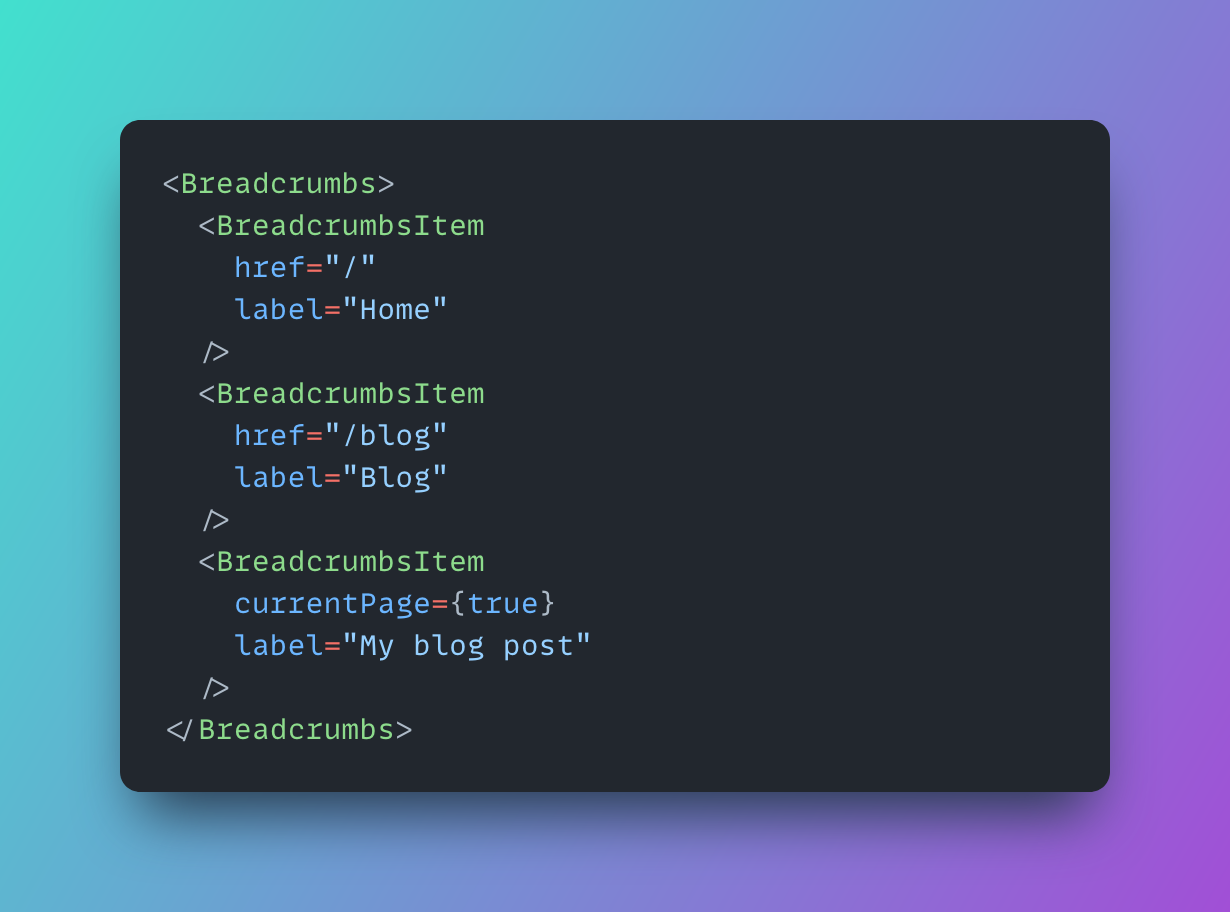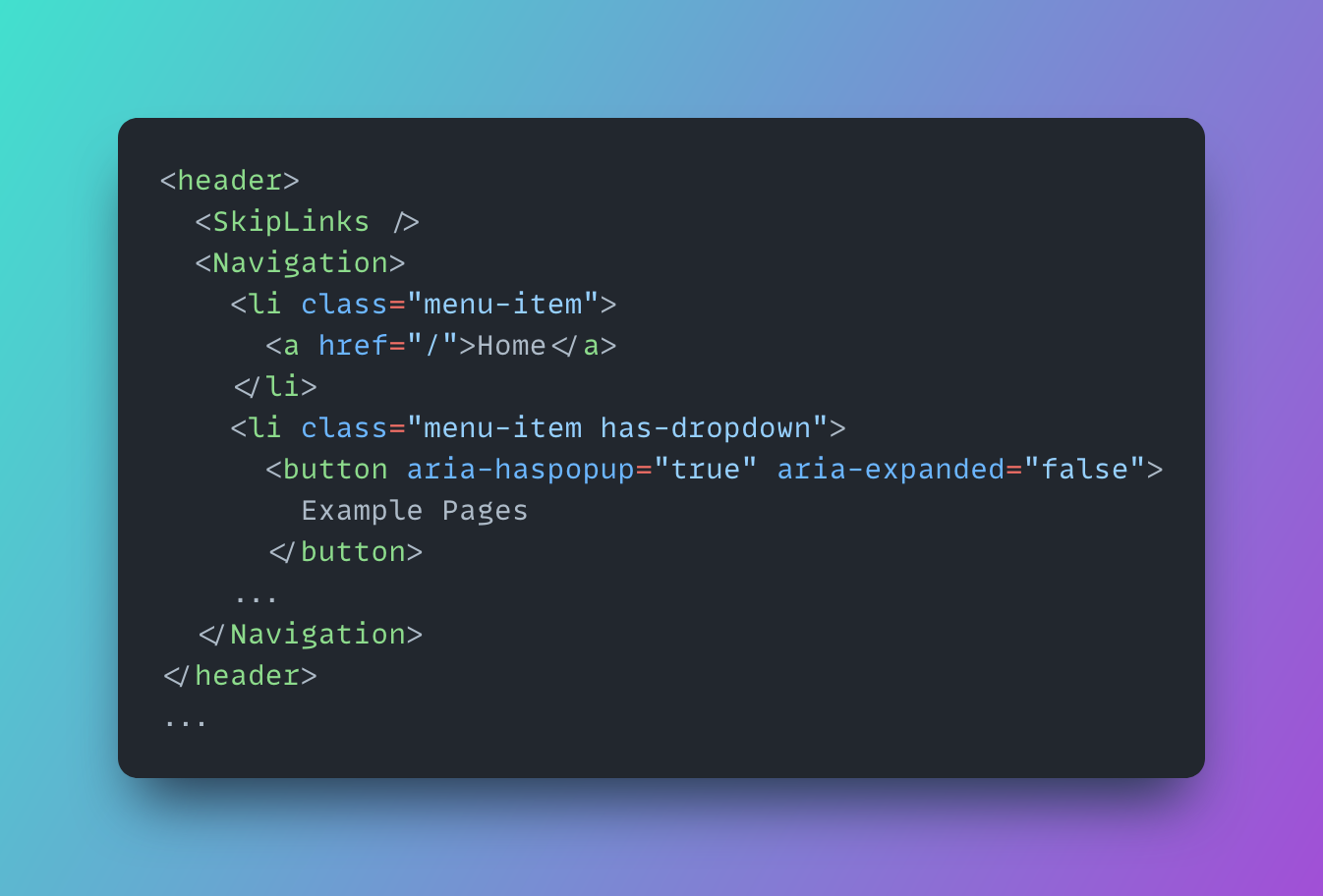Accessible Starter for Astro

Features
Accessible by default
Keyboard navigation, focus indicators, ARIA labels, semantic HTML, and more. This theme is designed to be inclusive.
A11Y components
25+ components and counting, all tried and tested for the most optimal accessible experience for your visitors.
Dark mode
Fully integrated Dark mode gives your users the choice for their favorite viewing mode.
Tailwind 4.0
Use the power of Tailwind to greatly improve your productivity and enhance your developer workflow.
Prettier
Less worry about formatting your code, let the Astro Prettier integration do the heavy lifting.
ESLint
Lint your code with strict a11y settings to ensure you stay on track with the WCAG standards.
Blog & portfolio
This theme comes with a fully integrated blog and portfolio, dynamic pages and SEO optimization.
Markdown & MDX
Easily use .md and .mdx pages to build your websites or use it with Netlify CMS.
Design system
The theme offers some very handy utilities to help you build your website faster.

Accessible components
This theme provides plenty of tried and tested Accessible Astro Components. Some are native to this theme and a lot of others are integrated using a separate package Opens in a new tab . They'll get you up and running in building an accessible solution for your visitors.
WCAG 2.2 AA compliant
Using semantic HTML, landmarks, skip links, screen reader friendly content, aria-labels, keyboard accessible navigation and components, clear outlines and tab indicators and the right color contrast, you're more certain of reaching WCAG AA compliance.

FAQ
This section demonstrates how to effectively use the Accordion component to organize and display frequently asked questions in an accessible and user-friendly way.
Contact support teamWhat is WCAG and why is it important?
WCAG (Web Content Accessibility Guidelines) is a set of internationally recognized standards for web accessibility. Following WCAG ensures your website is usable by people with various disabilities, including visual, auditory, physical, and cognitive impairments. It's important not just for accessibility, but also for legal compliance, SEO, and reaching a wider audience.
What's the difference between ARIA labels and alt text?
Alt text is specifically for describing images to screen reader users, while ARIA labels (aria-label, aria-labelledby) can describe any element on a page. Alt text is HTML's native way to provide alternative text for images, while ARIA labels are part of the ARIA specification that helps make dynamic content and advanced UI controls more accessible.
Why is keyboard navigation important?
Keyboard navigation is essential for users who can't use a mouse, including people with motor disabilities, visual impairments, or those who simply prefer keyboard controls. A website should be fully operable using only a keyboard, with visible focus indicators and logical tab order. This includes being able to access all interactive elements and navigate through content efficiently.
What is a sufficient color contrast ratio?
According to WCAG 2.2 AA standards, text should have a minimum contrast ratio of 4.5:1 against its background for regular text, and 3:1 for large text (18pt or 14pt bold). For non-text elements like icons or buttons, a minimum ratio of 3:1 is required. This ensures content is readable for users with visual impairments or color blindness.
How do I make custom components accessible?
To make custom components accessible, focus on these key aspects: use semantic HTML where possible, implement proper keyboard support, add appropriate ARIA attributes, manage focus when needed, and ensure adequate color contrast. Always test with screen readers and keyboard navigation. Consider using established design patterns from the ARIA Authoring Practices Guide.
Our community
We're a community of developers who are passionate about making the web more accessible. We're always looking for new ways to improve the accessibility of the web.
Robert Johnson
Manager
Maria Torres
Developer
Alex Kim
Designer
Sarah Lee
Content Strategist
James Peterson
QA Engineer
Lisa Wong
Product Owner
David Martinez
UX Researcher
Emma Brown
Accessibility Specialist
Thomas Chen
Frontend Developer
Impact in numbers
900+
Stars
On GitHub
25+
Accessible
Components
400+
Commits
Merged
48+
Months
Since launch